ARTICLE AD BOX
Dave Harvey
Business and Environment Correspondent, BBC West

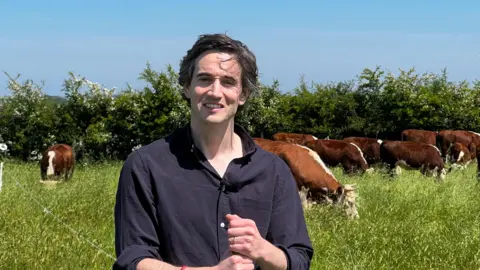 BBC
BBC
Aidan Stanley says people are happy to pay for his low-carbon beef
When the government axed the Sustainable Farming Incentive, many farmers said the loss of cash incentives to grow nature-friendly crops would leave them facing a hard choice.
That choice was between growing as much food as possible to make a profit, or looking after nature while losing money in the process.
But some farmers argue it is possible to do both.
Aidan Stanley raises beef cattle entirely on untouched grass pastures at Lilliput Farm near Bath, a practice which substantially reduces carbon emissions.
"This is working because of public demand," he said.
So what is he doing to make his farm more sustainable, and how does he make it pay?
Can you raise a low-carbon cow?
Aidan and his dad Oliver walk me up an old valley just north of Bath. The land has been pasture meadow since royalist forces drew up their lines on Lansdown Hill above us, in the English Civil War in the 1600s.
"These oak trees were mostly planted in the 18th Century," remarks Oliver.
The Stanleys' farming style is as old as the meadow. They allow grass to grow, with wildflowers and among plenty of trees, then move the cattle onto it to graze.
The old trees help store carbon, and the meadow has not been ploughed in hundreds of years.
"The cattle just eat grass from the pasture and hay made from it in the winter - nothing else," says Oliver.

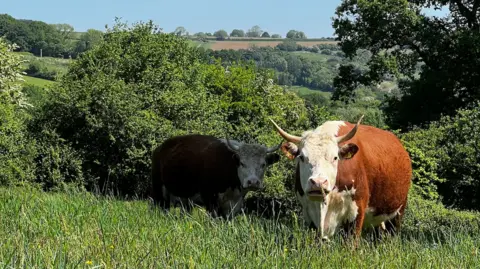
The traditional Hereford beef cattle graze an ancient pasture near Bath
This is more radical than it may sound. Most of us only see cows when they are eating grass out in the fields.
But most cows spend a lot more time in barns, eating grain.
"Most cattle in the UK is grain-fed for most of its life," explains Aidan.
"In fact 'grass-fed' labels [in supermarkets] mean only that a cow has eaten grass for 51% of its life."
So what? Does it matter if cows eat grain?
"Because we don't use grain that saves more carbon on the fertiliser that would have been used in the transport and the processing," Aidan added.

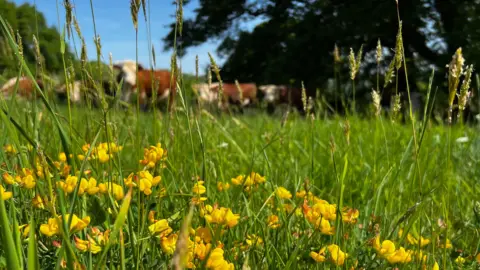
Birds foot trefoil is one of many wildflowers growing in the meadows
Is the meat more expensive?
Farming like this has its costs, of course.
The cows grow more slowly - typically taking three years to reach a full weight before they are slaughtered, compared with just 15 months for conventional beef cattle.
And to allow the grass time to grow back, farmers tend to have fewer cattle and more fields than typical beef farms, meaning that per acre, per year, the beef is more expensive.
How do they make it pay then?
The answer is right next to the field of cows: their own restaurant.

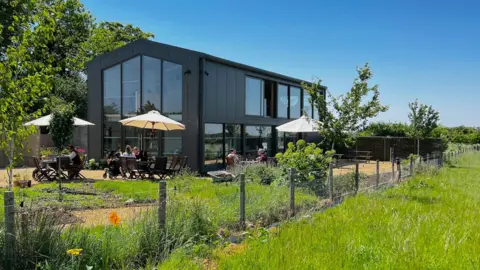
Selling their beef direct to the public through a restaurant enables the farm to make a profit
"The restaurant makes this work," explains Aidan. "This is the main outlet for our beef."
At lunchtime the restaurant sells sausages and beefburgers, the latter from the farm's own cows of course, alongside high-end vegetarian dishes. Sunday roasts are popular with families, and in its first year the restaurant had 22,000 customers.
Aidan adds: "As the government withdraws support for sustainable farming it is going to be harder for people to do this, but it's reassuring that this is working because of public demand."
Can every farm go green without grants?
Of course, not every farm can open its own restaurant. And the country need farmers supplying ordinary shops with everyday food.
So can other farmers follow these more sustainable systems, and still turn a profit?
While visiting the farm, I meet Jimmy Woodrow, who runs Pasture for Life. His organisation persuades farmers to raise cattle entirely on grass, and they have certified Lilliput Farm.
He insists that this kind of green farming can save farmers money.

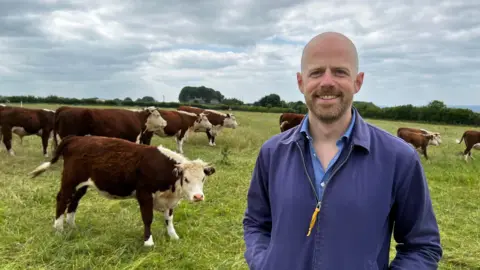
Jimmy Woodrow says farmers can go green and save money
He explains: "If you're reducing your costs on things like feed, fertiliser, vet and medical costs, you going to have more profit on each cow. The challenge for smaller farms, is how many animals do you need to make a living? It's a lot."
And this is where he thinks government does have a role.
"There are lots of farmers who are doing a fantastic job for nature, while being profitable, but they need government support if they are to scale up and produce more food," he says.
Since the government closed the Sustainable Farming Incentive (SFI) scheme in March, they have been consulting on a replacement. Officials told me the "improved SFI scheme" will be launched in the summer.
A government spokesperson said: "The scheme will target public funds more effectively to meet the needs of both farmers and the environment."

 1 day ago
3
1 day ago
3
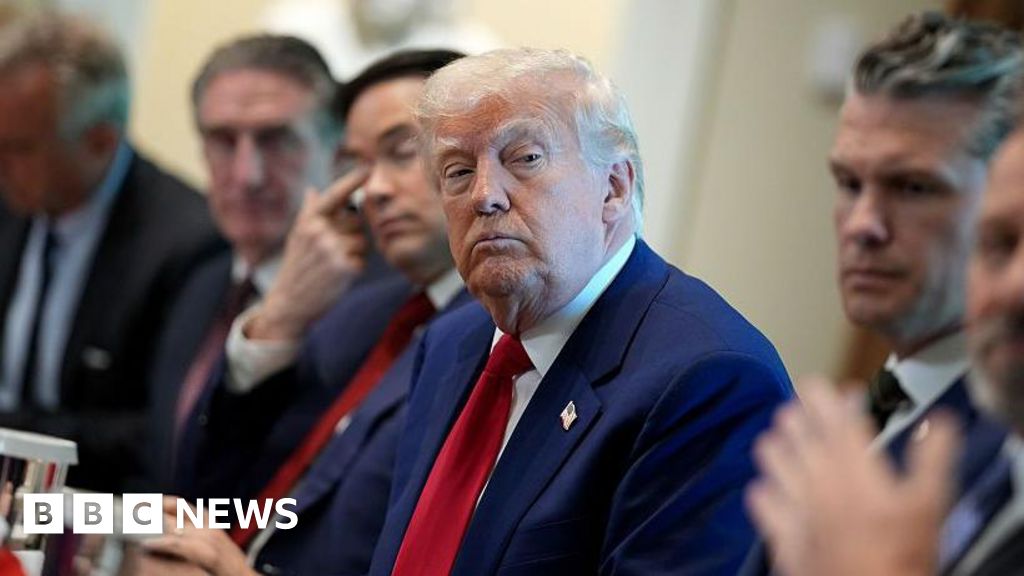
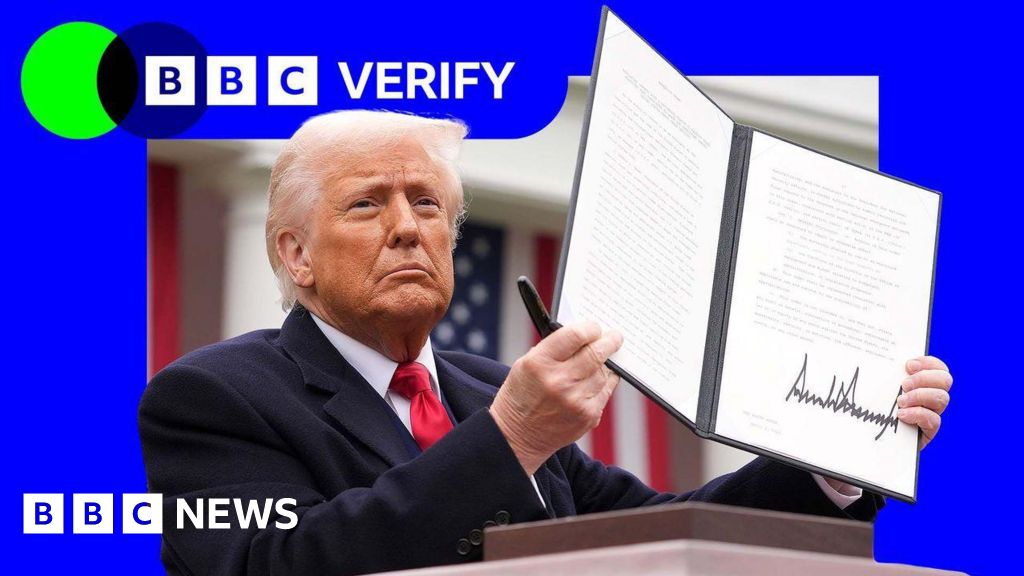
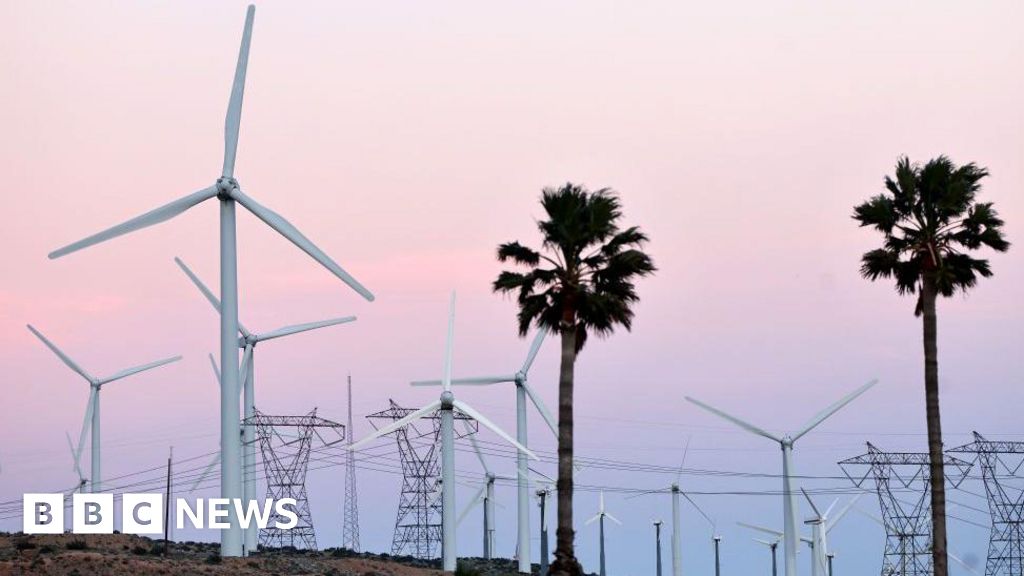
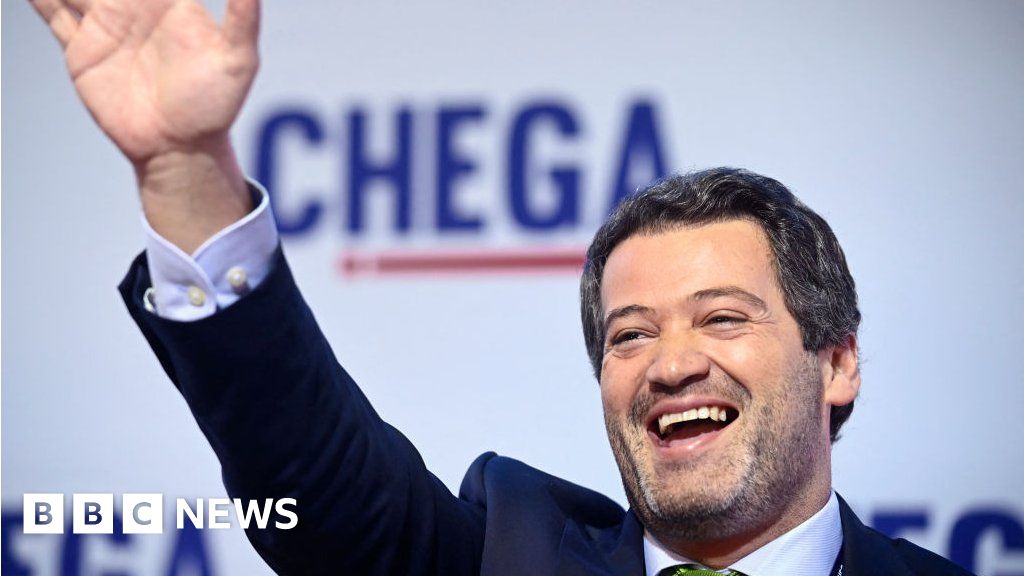



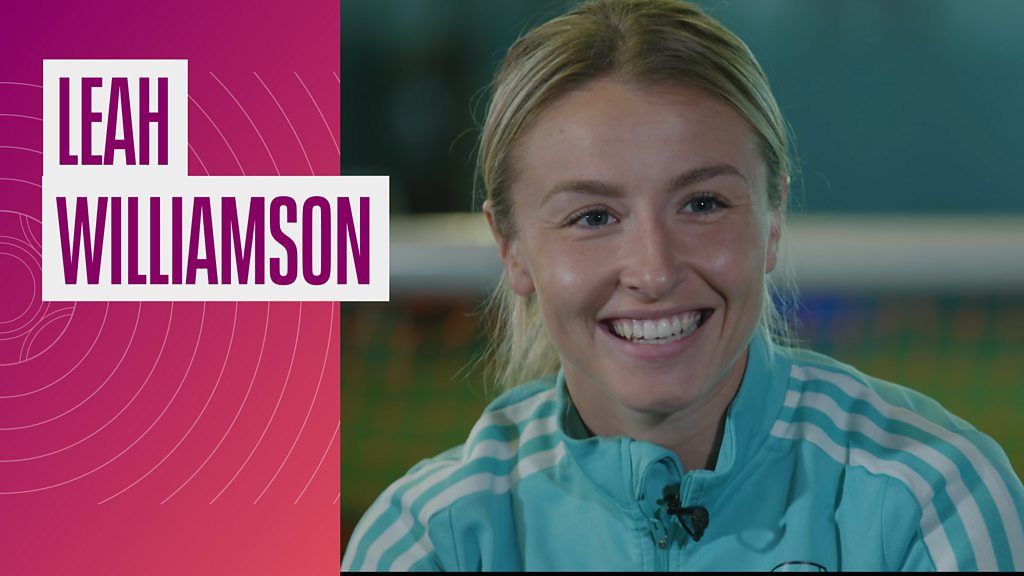
 English (US) ·
English (US) ·